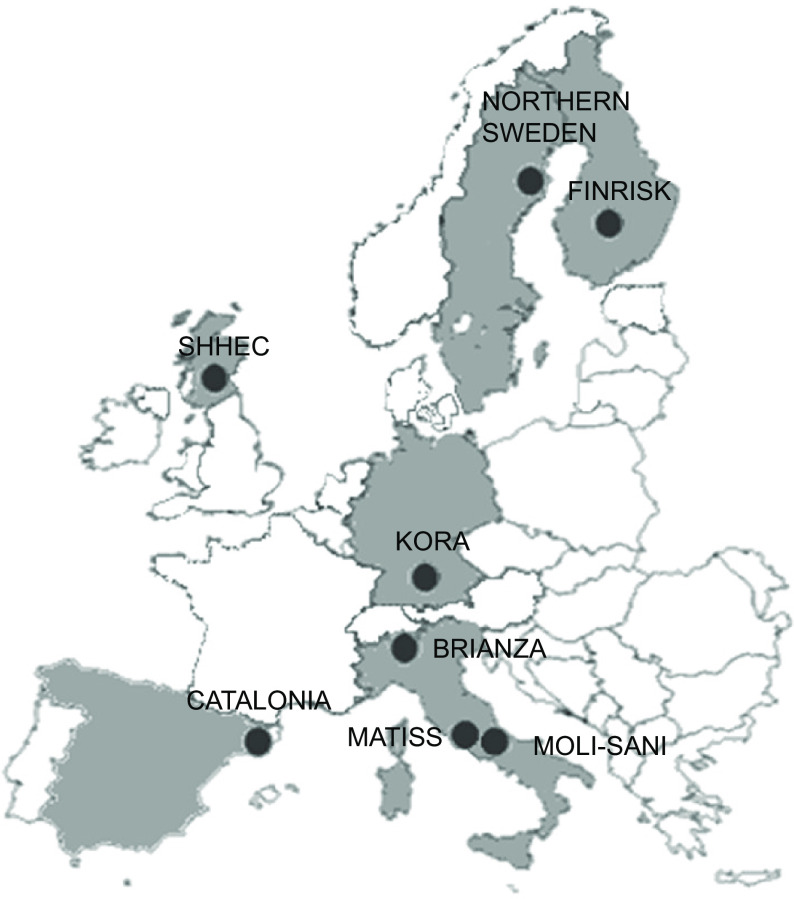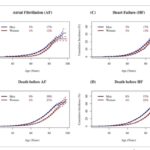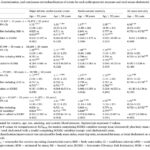
Influence of geographical latitude on vitamin D status: cross-sectional results from the BiomarCaRE consortium
Even though sunlight is viewed as the most important determinant of 25-hydroxyvitamin D (25(OH)D) status, several European studies have observed higher 25(OH)D concentrations among north-Europeans than south-Europeans. The association between geographical latitude (derived from ecological data) and 25(OH)D status in six European countries has been studied, using harmonised immunoassay data from 81 084 participants in the Biomarkers for Cardiovascular Risk Assessment in Europe (BiomarCaRE) project (male sex 48·9 %; median age 50·8 years; examination period 1984–2014). Quantile regression models, adjusted for age, sex, decade and calendar week of sampling and time from sampling to analysis, were used for between-country comparisons. Up until the median percentile, the ordering of countries by 25(OH)D status (from highest to lowest) was as follows: Sweden (at 65·6–63·8°N), Germany (at 48·4°N), Finland (at 65·0–60·2°N), Italy (at 45·6–41·5°N), Scotland (at 58·2–55·1°N) and Spain (at 41·5°N). The ordering of countries was highly consistent in subgroup analyses by sex, age, and decade and season of sampling. The study confirmed the previous observation of a north-to-south gradient of 25(OH)D status in Europe, with higher percentile values among north-Europeans than south-Europeans.

